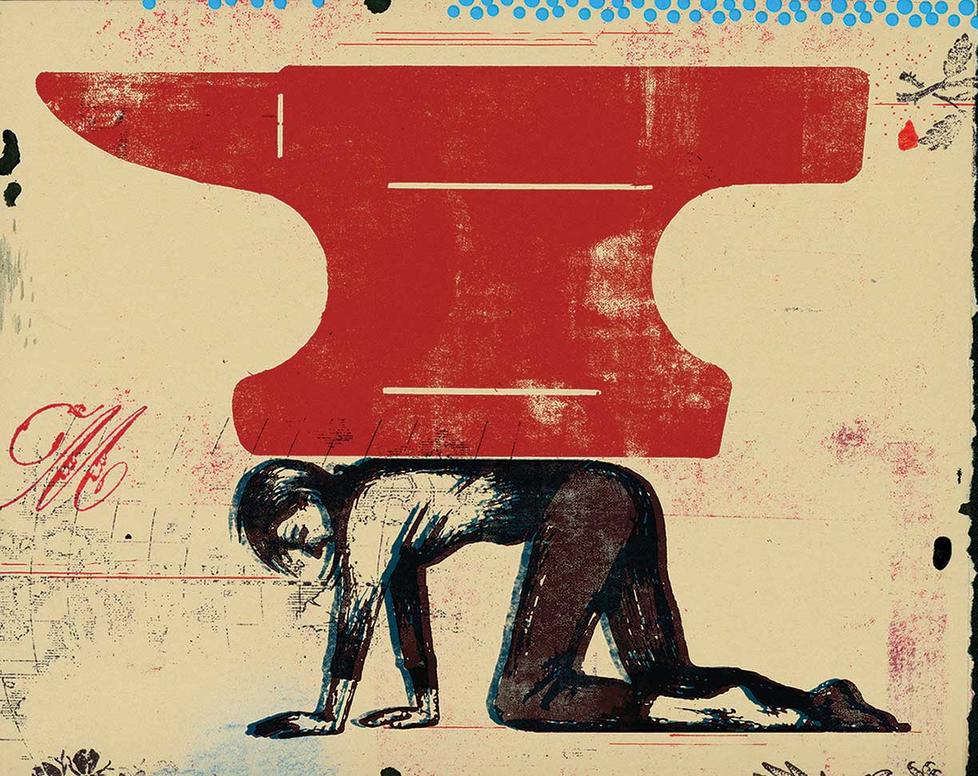Examining How We Misjudge the Emotional Pain of Poverty
Nathan Cheek, a Ph.D. candidate in psychology, has identified what he calls a “thick-skin bias”
The phrase “what doesn’t kill you makes you stronger” represents a common belief: By surviving adversity, we become more resilient. Yet this belief could be harmful when applied to society’s most vulnerable individuals.

Cheek began his research with the hypothesis that most people will display a thick-skin bias in their judgment of low-SES people. In the first set of studies, subjects were shown a photograph of an adult named Jordan. Some subjects were told that Jordan grew up in an impoverished family, while others were told that Jordan’s family was financially secure. Subjects were then asked to rate how strongly Jordan would be affected by various negative events on a scale of zero to 10. Events ranged from mild (a leaky faucet) to more serious (a flooded apartment).
Cheek found that subjects consistently rated the low-SES version of Jordan as less affected by negative experiences than the high-SES version. The effect persisted even when the researchers changed Jordan’s gender or race (Black, white, Latino, or Asian) in the photo. The effect also prevailed among low-SES study subjects who were asked to consider other low-SES people, but the effect disappeared when considering themselves.
Cheek recruited subjects from hospitality, social work, and education fields to determine whether the thick-skin bias affects their judgments of the populations they serve. Additional studies investigated whether the bias influences perceptions of children. Each study yielded the same result: Subjects rated low-SES individuals as less distressed by negative events than high-SES individuals. Even 5-year-old children were perceived to be “toughened” by poverty.
Cheek, whose research focuses on psychological biases and their effect on social inequality, was surprised by his results. At the beginning, he figured that the thick-skin bias would apply to “trivial events,” he said, and predicted that it wouldn’t apply to serious events “because people understand that these [events] are really harmful.” Yet his studies found that the bias was equally strong whether a negative event was minor or severe.
Cheek theorizes that the thick-skin bias is so widespread because it seems flattering to characterize low-SES individuals as resilient. However, research demonstrates that repeated experiences of hardship tend to weaken, rather than strengthen, the emotional resilience of low-SES people. Over time, they experience more distress, not less, with every subsequent negative event.
The thick-skin bias has potentially harmful effects. If policymakers assume that low-SES individuals are habituated to the chronic stress of poverty, they may be less likely to prioritize initiatives that would improve the lives of the poor.
Cheek has since conducted preliminary research on ways to counteract the thick-skin bias. One intervention shows promise: When subjects read a prompt about the ways that poverty makes life more difficult before making predictions about a figure like Jordan, they displayed less thick-skin bias. Cheek believes that it’s vital to cultivate greater empathy for low-SES individuals to understand and address their emotional pain.












No responses yet